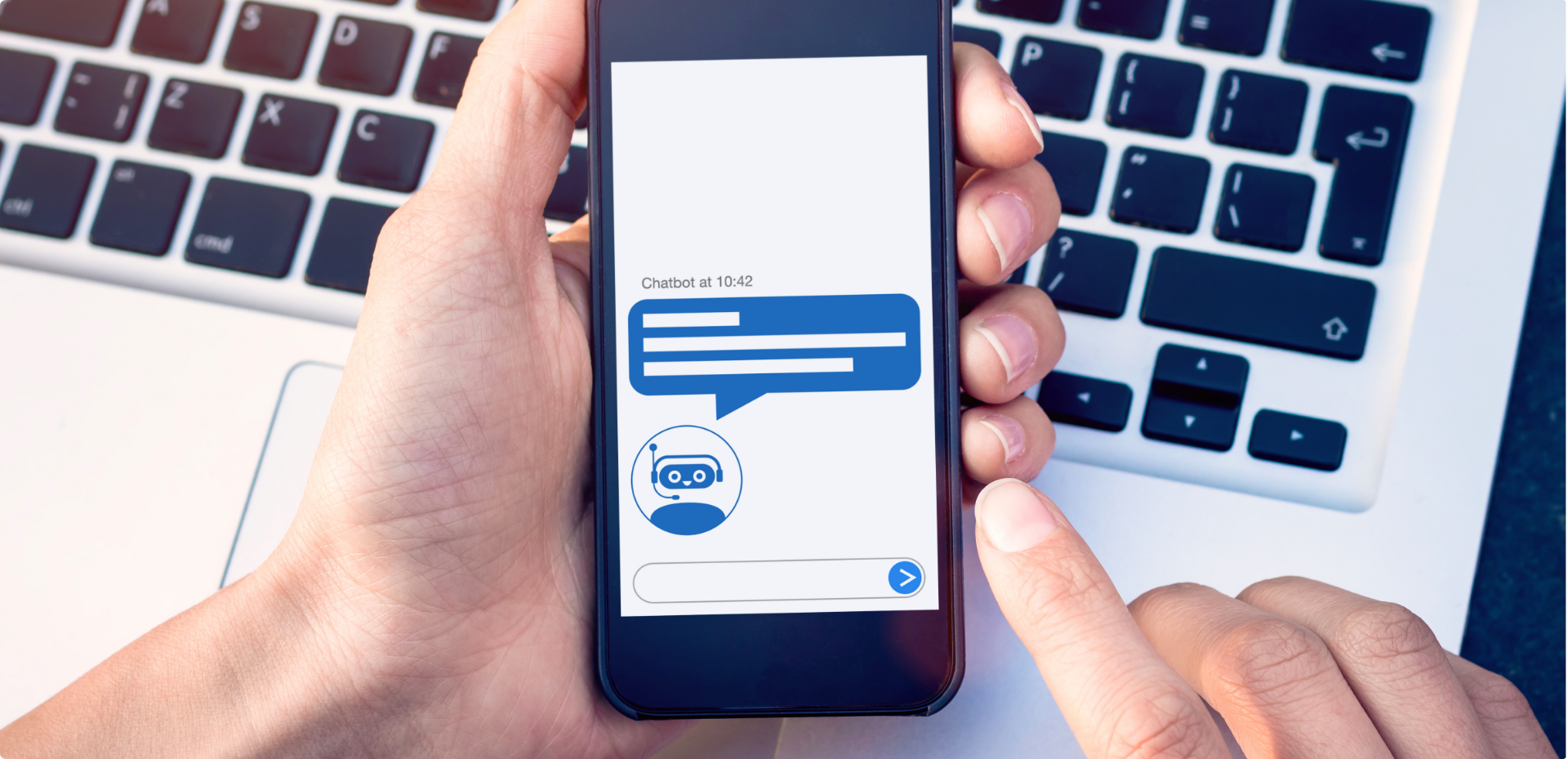Introduction
In today’s digital landscape, with an ever-growing number of marketing channels and an increasingly demanding consumer base, businesses are constantly seeking innovative ways to engage their audience and stand out from the competition. Chatbot marketing emerges as a powerful tool in this regard, offering a unique opportunity to engage with potential and existing customers in a personalized, interactive, and 24/7 manner.
What is Chatbot Marketing?
Chatbot marketing involves utilizing chatbots, automated conversational interfaces, to interact with website visitors, social media followers, or app users. These chatbots can answer questions, provide information, guide users through specific tasks, or even collect valuable customer data, all within a conversational framework.
Here’s how it works:
- Businesses: Develop chatbots that can converse with users through text-based or voice-based interfaces.
- Users: Interact with the chatbots on websites, messaging apps, social media platforms, or dedicated mobile apps.
- Engagement: Chatbots provide information, answer questions, complete tasks, or collect data, enhancing customer experience and engagement.
Why Use Chatbot Marketing?
Implementing chatbot marketing offers several benefits for businesses:
- Improved Customer Service and Support: Chatbots can offer 24/7 assistance, answer frequently asked questions, and resolve simple customer queries, freeing up human resources for more complex issues.
- Lead Generation and Qualification: Chatbots can engage website visitors, qualify leads by collecting key information, and schedule appointments or consultations, streamlining sales processes.
- Personalized Customer Experiences: Chatbots can offer personalized greetings, product recommendations, and support based on user data and past interactions, fostering stronger customer relationships.
- Increased Engagement and Conversion Rates: Engaging interactions with chatbots can improve website dwell time, user engagement, and ultimately, conversion rates by providing a seamless and personalized experience.
- Reduced Operational Costs: Chatbots can automate repetitive tasks, answer basic inquiries, and qualify leads, potentially reducing the need for additional customer service personnel.
However, it’s crucial to remember:
- User Experience Emphasis: Focus on developing user-friendly and engaging chatbot interactions, avoiding repetitive, scripted responses that can lead to user frustration.
- Ethical Data Collection: Ensure transparency in data collection practices and comply with relevant data privacy regulations when utilizing chatbots for marketing purposes.
Understanding the Different Types of Chatbots
Chatbots can be categorized based on their level of sophistication and functionality:
Rule-based Chatbots
- Utilize pre-defined rules and keywords to answer basic questions and complete simple tasks.
- Limited conversational capability and often rely on multiple-choice responses.
- Suitable for answering frequently asked questions or providing basic information.
Keyword-based Chatbots
- Analyze user input for specific keywords and trigger pre-programmed responses based on the identified keywords.
- Offer some level of flexibility compared to rule-based chatbots but can still feel limited in conversation flow.
- Can be useful for tasks like scheduling appointments or offering product recommendations based on user input.
Machine Learning-powered Chatbots
- Utilize machine learning algorithms to learn and adapt to user interactions over time.
- Offer more natural conversation flows, understand user intent, and personalize responses based on conversation history.
- Require more advanced development and ongoing training but offer the most sophisticated and engaging user experience.
Building a Successful Chatbot Marketing Strategy
Developing a successful chatbot marketing strategy requires careful planning and considerations:
Defining Your Goals and Objectives
- Clearly define what you want to achieve with your chatbot: Do you aim to improve customer service, generate leads, increase website engagement, or gather user feedback?
- Set SMART goals: Ensure your goals are Specific, Measurable, Achievable, Relevant, and Time-bound.
Identifying Your Target Audience
- Understand your ideal customer profile: Consider demographics, online behavior, and the platforms they frequent.
- Develop buyer personas: Create detailed representations of your ideal customers to guide your chatbot’s language, tone, and functionalities.
Choosing the Right Chatbot Type and Platform
- Consider your budget and technical expertise: Rule-based and keyword-based chatbots require less development effort compared to machine learning-powered chatbots.
- Align the chatbot type with your goals and target audience: Consider the level of complexity and personalization required for your desired user experience.
- Select a suitable platform: Choose a chatbot platform that offers the functionalities you need, integrates seamlessly with your existing marketing ecosystem, and aligns with your budget and technical capabilities.
Developing Engaging and User-Friendly Chatbot Conversations
- Focus on natural language processing (NLP): Train your chatbot to understand natural language and respond in a way that feels natural and engaging to users.
- Prioritize user experience: Design a conversation flow that is easy to follow, avoids dead ends, and offers clear and concise information or assistance.
- Integrate personality: Infuse your chatbot with a personality that aligns with your brand voice and resonates with your target audience.
- Offer clear opt-out options: Allow users to easily opt out of further chatbot interactions and provide an option to connect with a human representative if needed.
Launching and Managing Your Chatbot Marketing Campaigns
Once your chatbot is developed and your strategy is in place, it’s time to launch your chatbot marketing campaign and monitor its performance for continuous improvement.
Integrating Your Chatbot with Your Marketing Ecosystem
- Integrate your chatbot with your website, social media platforms, and messaging apps to ensure smooth accessibility for your target audience.
- Train your marketing team on utilizing the chatbot and answer potential user inquiries related to chatbot interactions.
- Develop a comprehensive FAQ section to address common questions that users might have about the chatbot or its functionalities.
Monitoring Performance and Optimizing for Results
- Track key performance indicators (KPIs): Monitor metrics like website traffic, user engagement, lead generation, chatbot interaction rates, and customer satisfaction to gauge campaign effectiveness.
- Analyze user feedback: Gather feedback from users through surveys or direct interactions to identify areas for improvement and enhance the user experience.
- Refine your chatbot’s responses and functionalities: Based on data and user feedback, refine the chatbot’s responses, conversation flow, and functionalities to optimize performance and user satisfaction.
Conclusion: Building Long-Term Success with Chatbot Marketing
Chatbot marketing, when implemented thoughtfully and strategically, can be a valuable tool for enhancing customer experience, automating tasks, and achieving your marketing goals. By understanding the different types of chatbots, focusing on user-friendly design, and continuously monitoring and optimizing your campaigns, you can leverage the power of chatbot marketing to engage your audience, personalize interactions, and build stronger customer relationships in the ever-evolving digital landscape.






